While Ductmate and others were changing transverse duct construction in the '80s, another cadre of businesses began bringing the industry into the computer era. The first sight of this came at the January 1981 Chicago ASHRAE Show. In the East Hall, too small for the number of AHR exhibitors today, CTI (Construction Technology Inc) based in Elmsford, New York, displayed a CAM software operated table that laid out fittings using a scribe on a 4’ x’ 8’ piece of sheet metal, just as sheet metal workers had been doing by hand for decades. As I remember, it was fast – very fast.
To say contractors were interested would be an understatement. However, it didn’t cut the metal. Price tag: $250,000. Over the next year, CTI sold only a few, but with a commitment that a laser would be added to “cut” the metal – an additional $150,000. From memory, I know two that were sold that just did the scribing: Fabricated Products, Houston (now out of business) and Southern California based ACCO. Allied Sheet Metal, Seattle (also out of business) added the laser option at a total cost of $400,000.
CTI never got the laser to work due primarily to the sensitivity of sheet metal fabrication laser technology used at the time. Much later, Lockformer perfected laser cutting, but we’ll review that in a future story on the sheet metal industry in the 2010s. This is only conjecture, but I believe that during 1981 and 1982, Dick Levin, CTI’s owner, was blindsided by what was happening in CAM software in the Boston area with Cybermation. The beginnings of CAM started during the late 1970s/early ‘80s with programs for labeling fittings that were cut by hand. CTI had one; Joe Massaro, of Elmsford Sheet Metal/East Coast; Bill Elder, at Mechanical Data, now a division of Trimble; and others were in the business. These rudimentary programs had code that produced “smart” labels. The code ran of proprietary systems – pre PC days.
Cybermation was a small, Cambridge, Massachusetts-based company in bankruptcy in the early ‘80s. They had programs for cutting steel plate in the shipping industry. Enter Ralph Ritchie, an early rep for Engel who later switched to representing Welty-Way and Lockformer in New England. Ralph financed Cybermation out of bankruptcy, taking a 30% ownership stake as I recall, and teamed up with Harrington Bros., a large local sheet metal contractor, now part of Boston-based J. C. Cannistraro, to develop the first plasma based cutting table. Almost secretively, it entered the market in 1982 at $140,000. This price point shocked the industry. It wasn’t even remotely a contest when compared to $400,000 for the “Chicken-Hawk’s” (Levine’s moniker due to patent litigation he would later initiate against the entire industry, but I’m getting ahead of myself) laser system.
If the Chicken-Hawk was blindsided, the rest of the industry was caught sleeping too. During 1982, many others jumped into the market and raced to catch up. Not wanting to be left out, all worked to secure booth space at the January 1983 Atlantic City ASHRAE Show, where all were “officially” introduced to the industry. First into the fray was Lockformer with their Vulcan; then Linde, the gas supplier who teamed up with Joe Massaro at East Coast; then MG; Vicon and others. What followed next was a race to the bottom with pricing. Within weeks, that $140,000 Cybermation table settled in at $50,000 to $60K, where it stayed for decades.
Cybermation took the first big lead with the promotional help of Ralph Ritchie’s contacts with Welty-Way (IPI) and Lockformer dealers. Some early Cyb dealers were actually Lockformer’s. Eventually, Ralph’s financial interest did not sit well with Met-Coil, then parent of (IPI/Lockformer). It conflicted with Lockformer’s Vulcan representation. He eventually lost that representation, which caused disruptions in the New England market for HVAC machinery that continues today.
But Cybermation’s initial development of plasma cutting changed the industry even more than the “Four Bolt Connector” revolution – and revolution is not too strong a word to use. Today, 40 years later, every duct shop in the U.S. and around the world has some sort of CAM cutting software driving a fitting table, basically an X/Y dumb machine. Starting at that 1983 ASHRAE Show and every national or international HVAC machinery show since, including smaller regional and dealer shows that I’ve attended, major vendors have at least one running in their respected booths.
In the early ‘90s, when I was developing Cornermatic machines to further disrupt the industry, I asked Ralph how many, initially, did he think was the market size? I think fifty was his response. But as of today,tens of thousands have been sold world-wide. Now with Lockformer’s new LaserMax having entered the market a few years ago, many contractors are replacing plasma tables or adding LaserMaxs to their fabrication mix of machines.
I didn’t beat up Ralph with his low-ball number. When I was asked in 1973 after Gripnail developed the first fully functioning machine to automatically fasten ductliner how many I thought the market was, I think I said fifty. Well, I was off by thousands too.
By the late ‘80s, CAD and computer estimating had entered the market – further computerizing the industry. But while the good times rolled, there were clouds on the horizon: CTI patent clouds. We’ll address this in a future story about the sheet metal industry in the ‘90s.
Water Based Adhesives
During my Southern California rep days for Ductmate, an old friend came calling: John Bennett, son of Boyd Bennet, founder of Hardcast. I had known Boyd from our efforts in the ‘70s putting together the Associate Members at SMACNA. Then in the early ‘80s, I learned more about Hardcast’s and similar products due to the need for sealing longitudinal seams and transverse joints when not using Ductmate or a Slide-On connector.
John had recently relocated to SoCal to oversee the West Coast market for his father. John knew me from my Gripnail days and what I had done with Ductmate in SoCal. He approached me during the spring of 1981 with a couple of new products that he wanted me to “rep.” First, was an adhesive tape primarily for round duct connections that eliminated the need for the labor intensive and messy Hardcast system along with other products the trade referred to generically as: “air-ball and canvas.” While it was a good concept, it did not prove out. But what John did have was a new, Hardcast developed water-based duct sealer.
Now, because of my work at Gripnail, I knew a lot about petroleum-based solvent adhesives used for duct lining and all the problems associated with them. At the time, the only duct sealers were solvent based too. I like new products. I thought that if a water-based duct sealer proved its mettle in the field, this could be another industry game-changer. I was all in and my initial reaction later proved spot on. Today, water-based duct sealers control the market, but it’s not only about sealing joints; it’s duct liner too.
It’s been so long that I’m afraid few remember the difficulties with solvent-based adhesives for duct lining – flash fires in the shop’s lining area for one. But it wasn’t only the fire hazard. The use of solvent-based adhesives did not provide the healthiest of environments and it was messy.
There were two types: flammable at “X” amount per gallon and non-flammable at double the price. You know which the contractor preferred. But when using flammable with a welded pin-spotter to attach the pin to the sheet metal, it was not uncommon to see a flash fire flair up. On a side note, one of the big advantages Gripnail had over welded systems: A true mechanical fastener that did not require electricity to secure.
Nonetheless, when John showed up, I knew instantly that if water could be used as the medium to cure adhesives used in duct-lining, this would be a game-changer – and a game-changer it was. Those early years of the 1980s proved prescient. By decades end, solvent adhesives were on their way out of the industry forever.
In 1987, I took a position with Estimation, Inc., one of the early pioneers that developed software and peripherals for true computerized estimating in the MEP industry, or take offs as the industries calls them. And this timeline will bring us to the next decade, the ‘90s; one of patent litigation and more patent litigation, but also, new HVAC labor-saving machinery.

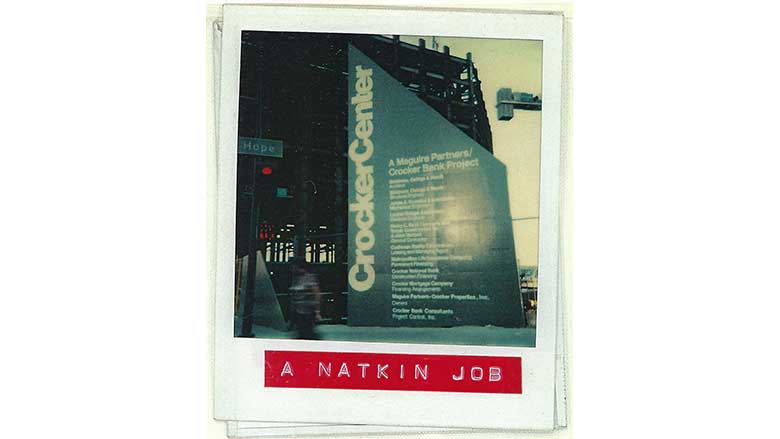
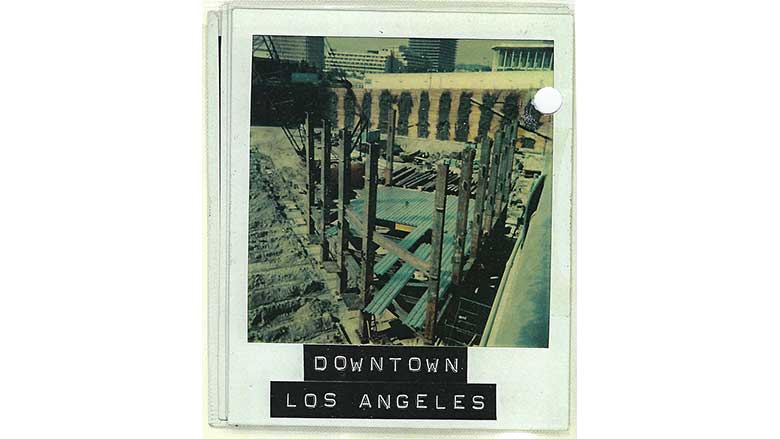
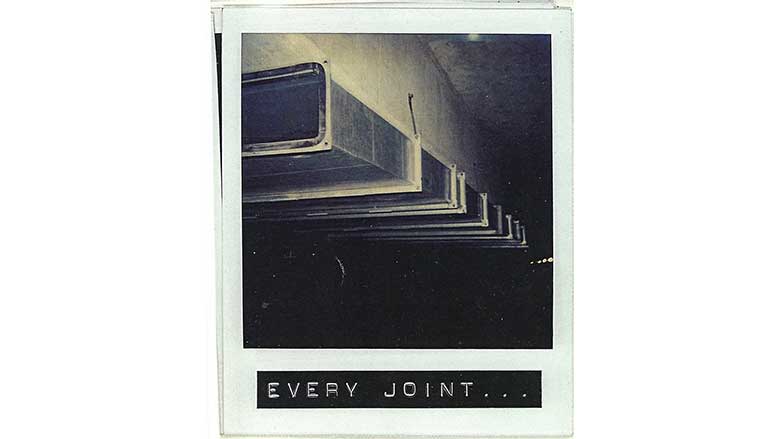
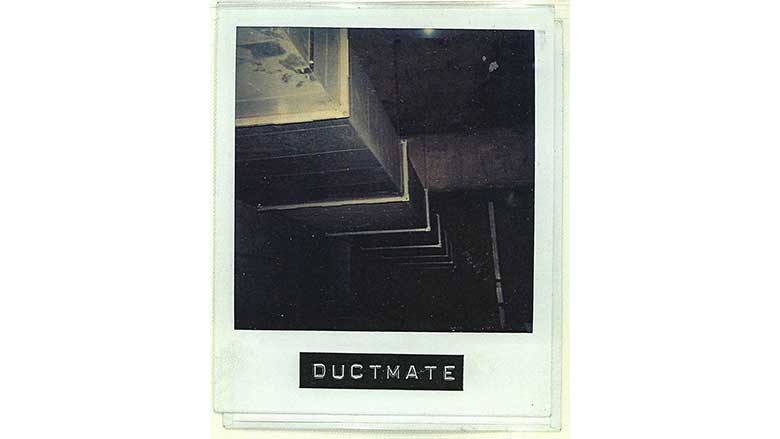

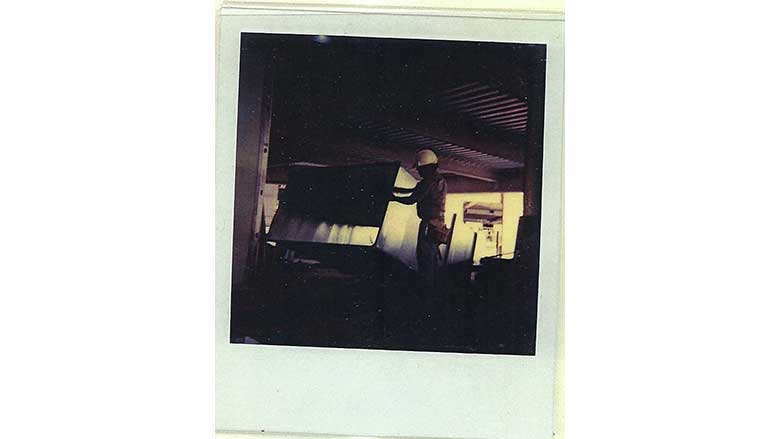
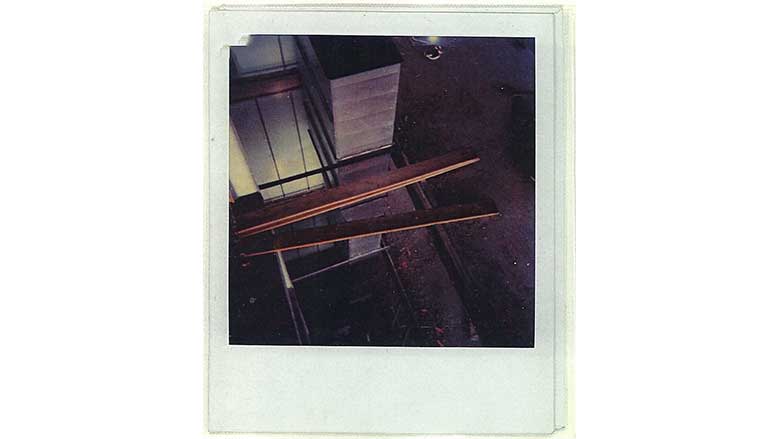
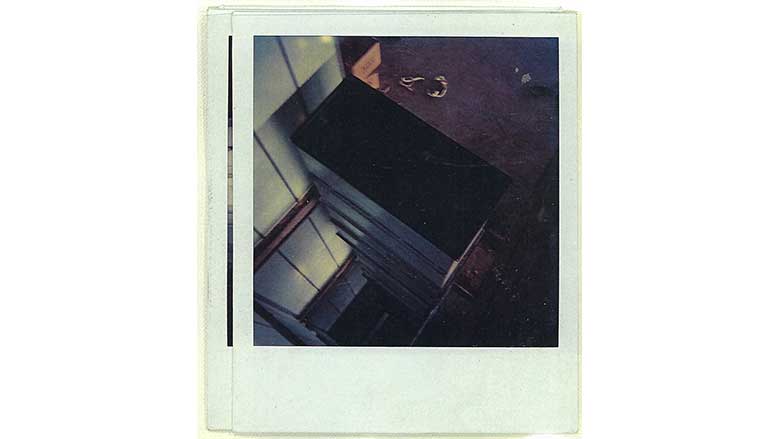
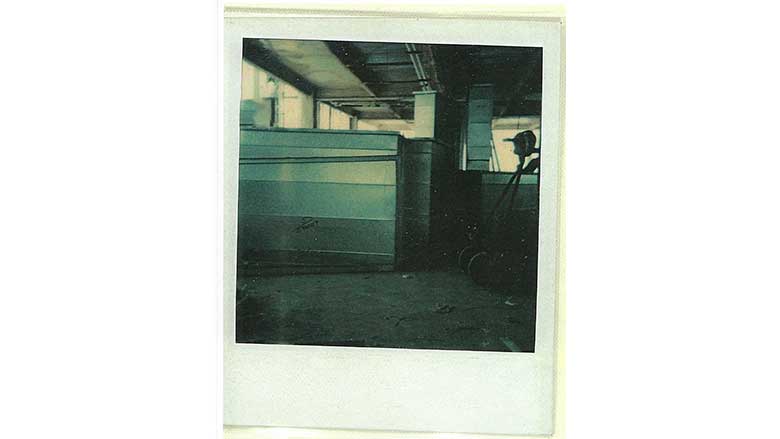
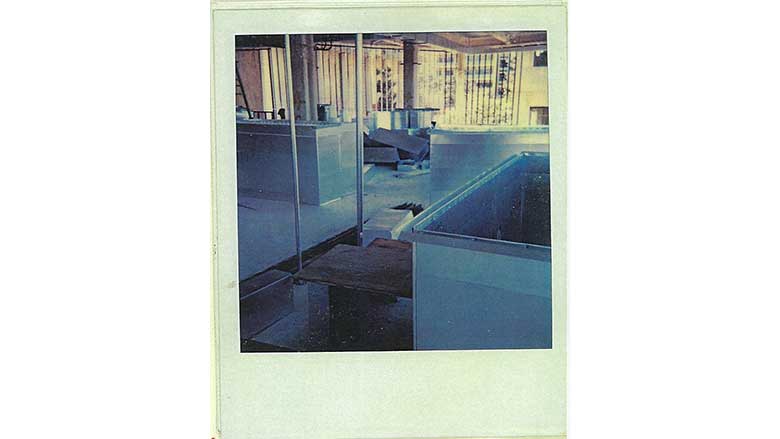
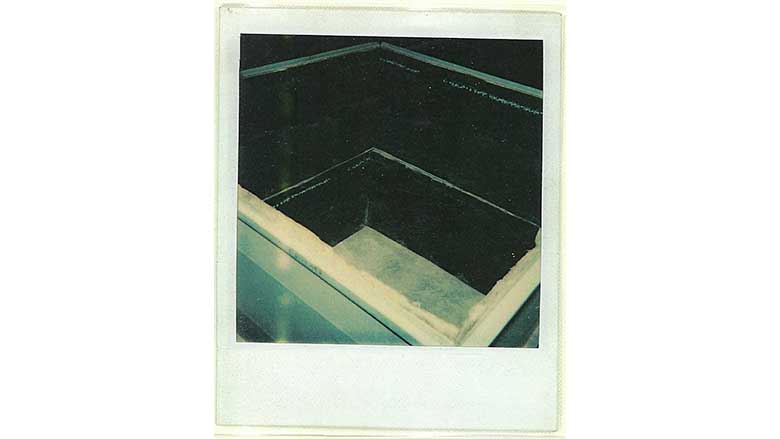
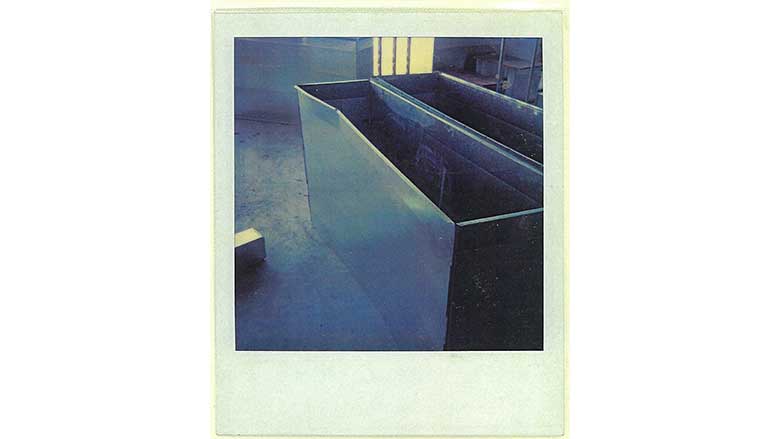
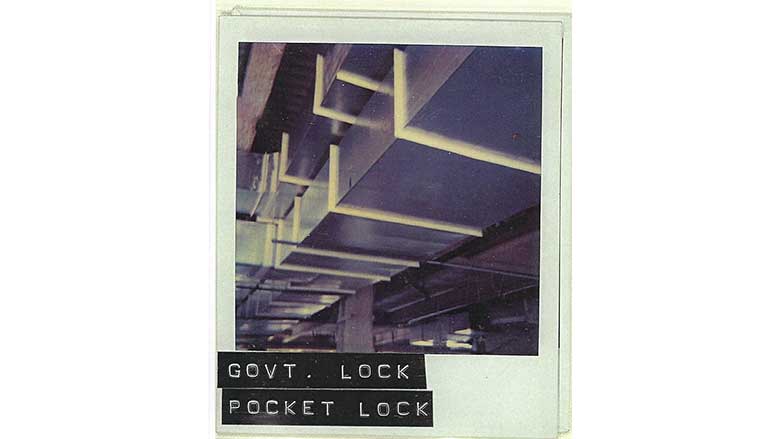
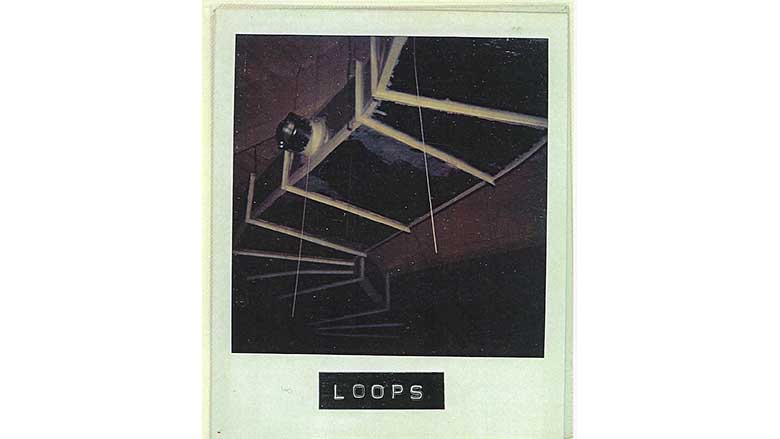
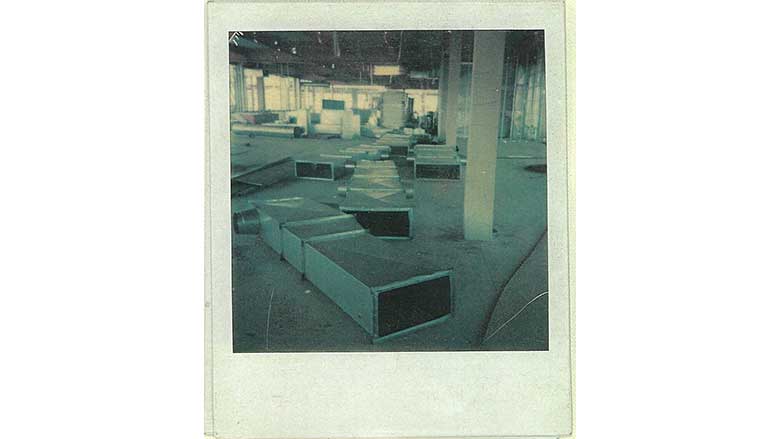
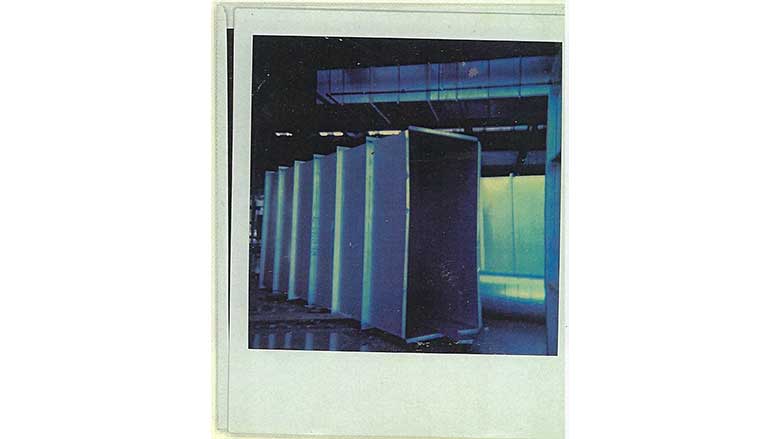


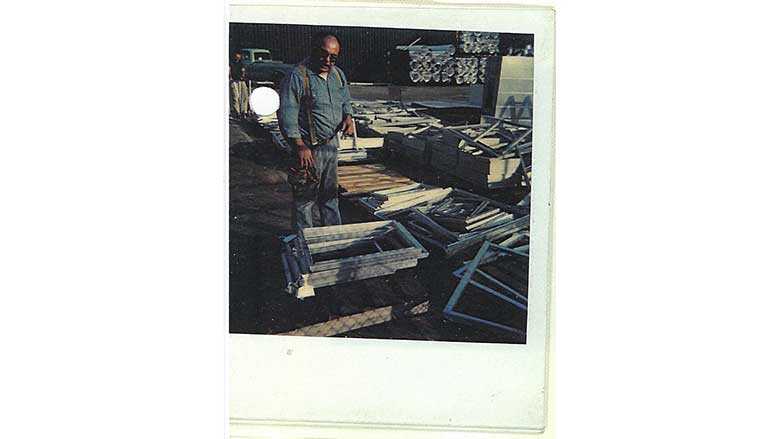
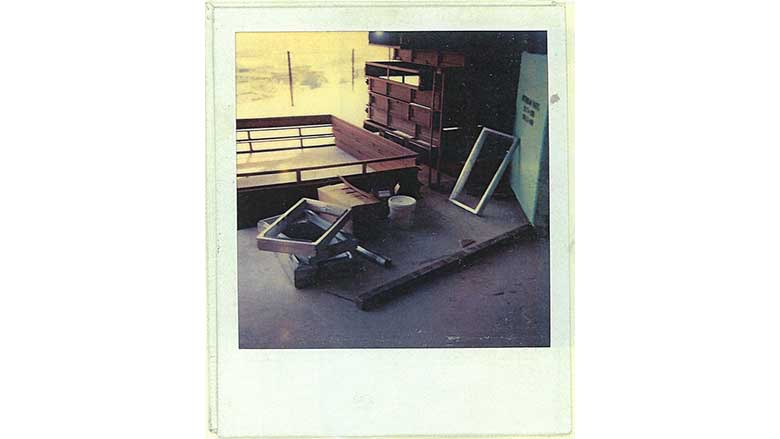
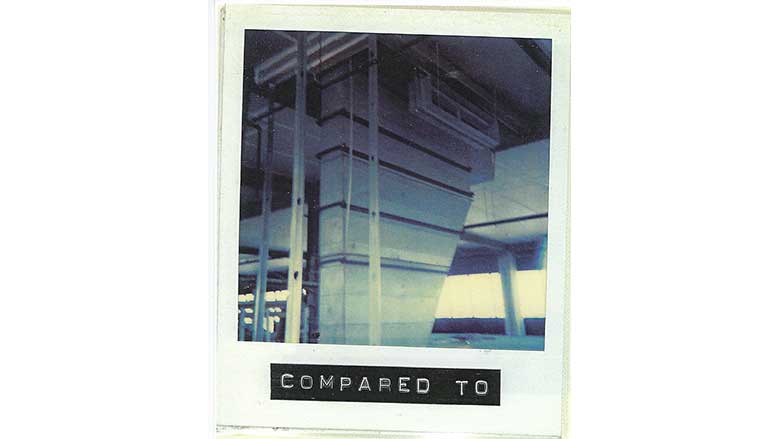
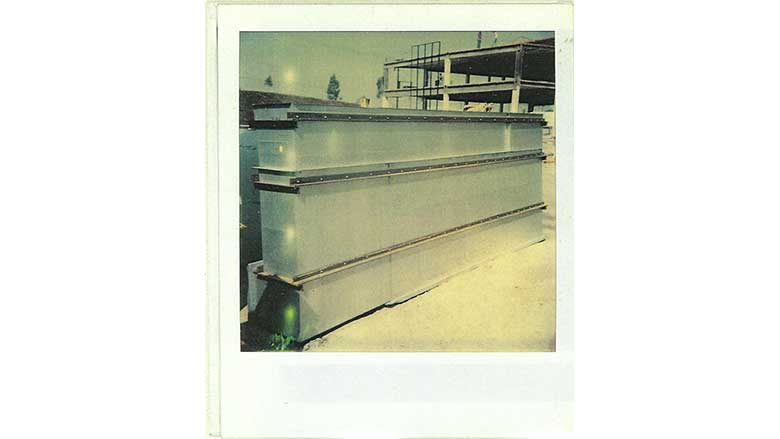
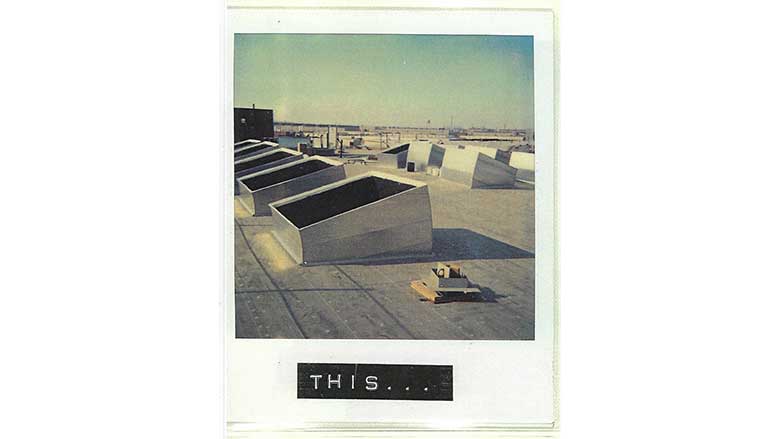
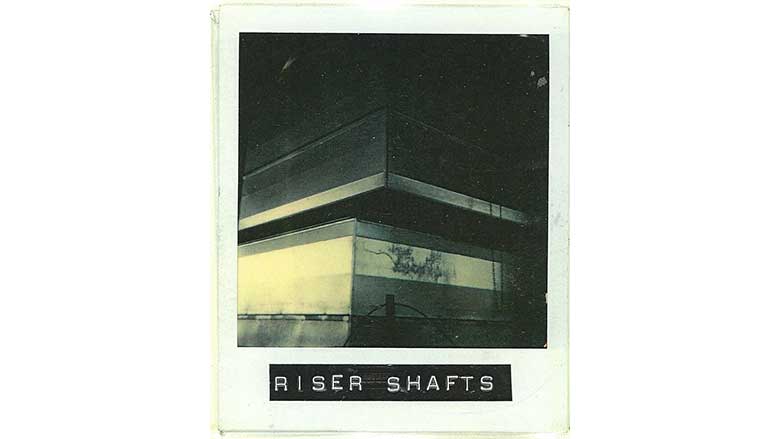

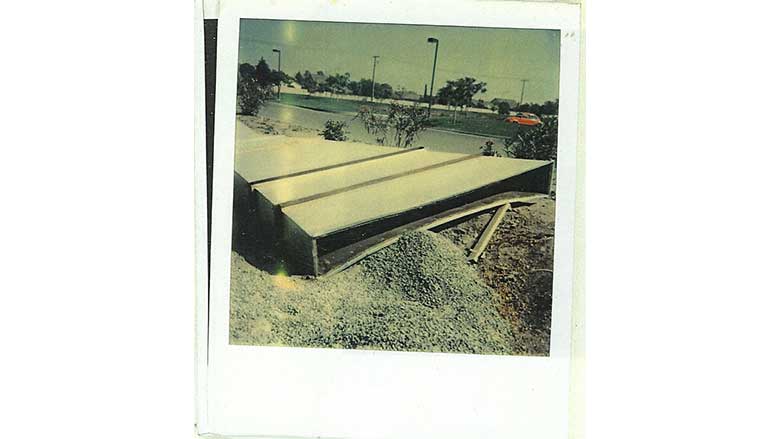


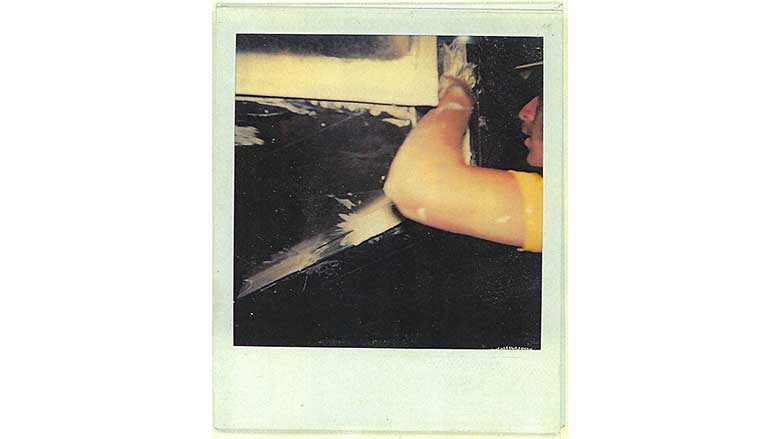

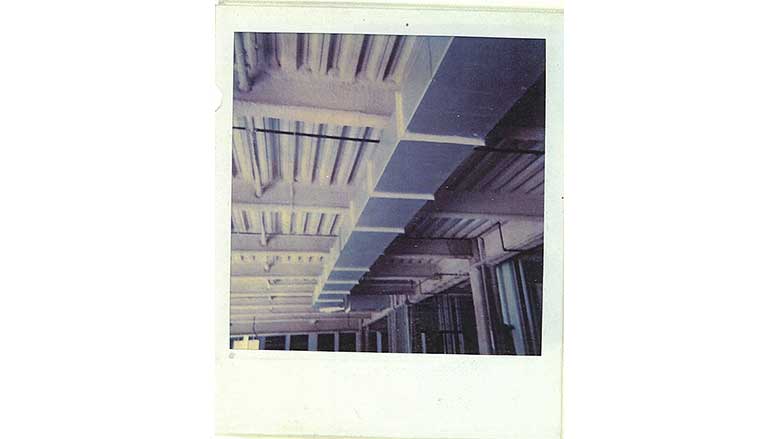
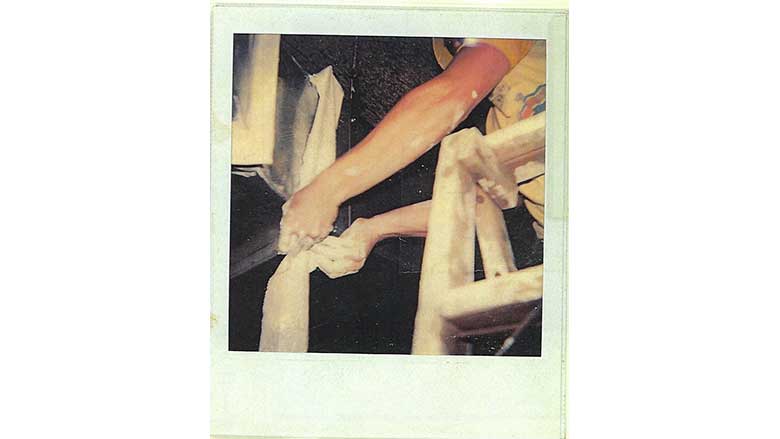
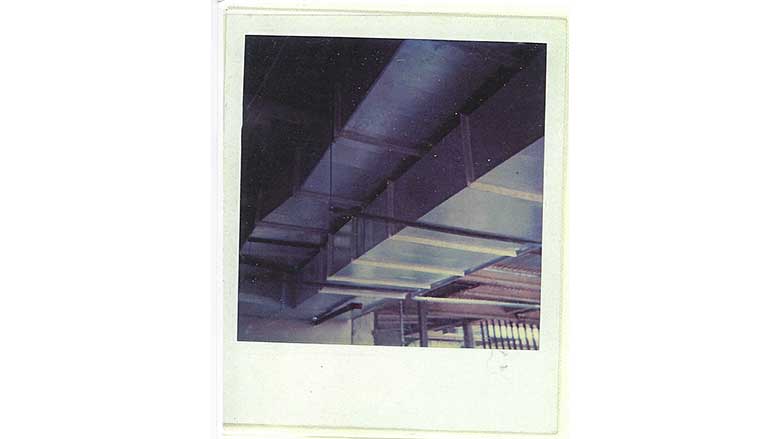
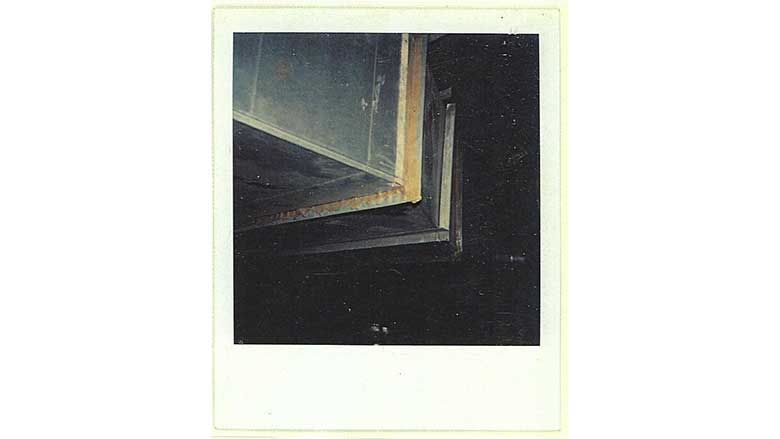
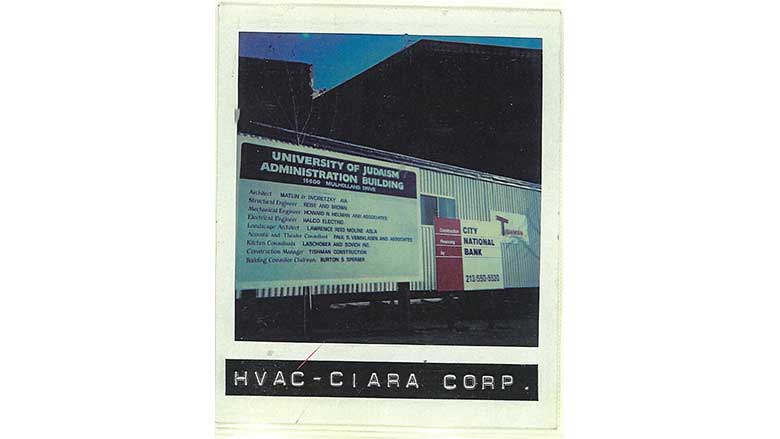
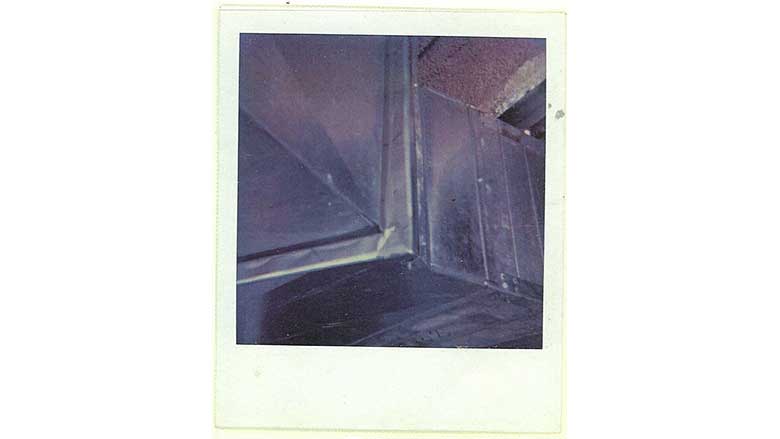

Report Abusive Comment